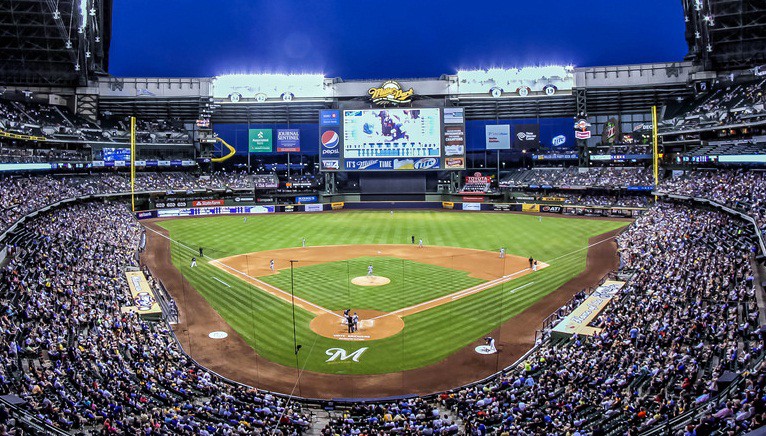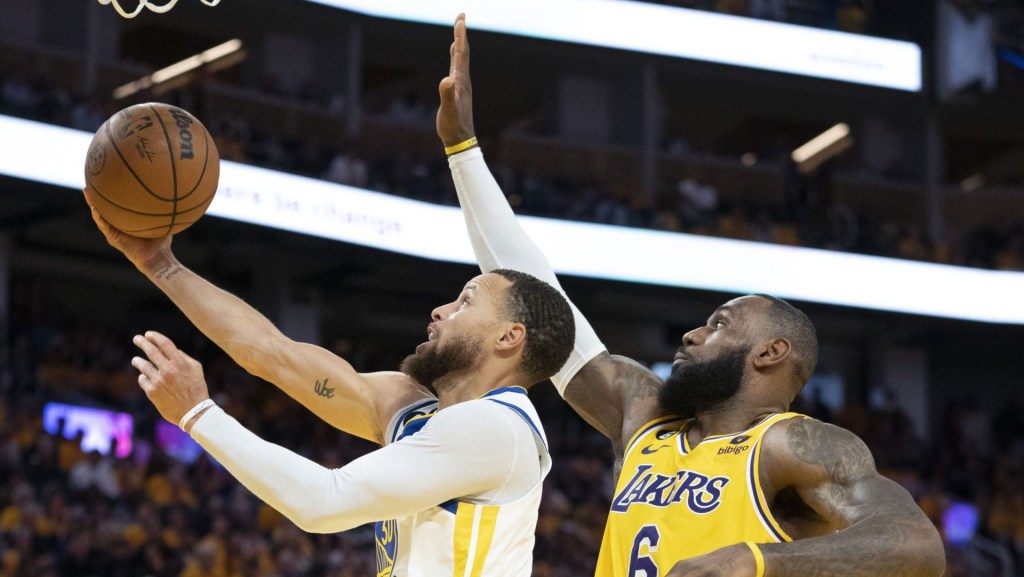After winning the World Series, the Cubs have become a must-see for baseball fans across the country.

What happens when the “Lovable Losers” suddenly become the “Lovable Champions?”
For the first time in 108 years, we finally have an answer. That answer is one that MLB has to be ecstatic about.
Based on data provided by Sportradar, over the first month of the MLB Season, (April 2nd — May 2nd) the league averaged 29,428 fans per game, more than the first month of 2015 and 2016.
While the Cubs success can’t be the only factor considered as to why attendance numbers are up, the data does suggest that it is playing a huge role in several parks. Over the first month, the Cubs played 3 road weekend series, and played the season opening series in St. Louis against the Cardinals. For the sake of argument, I chose to exclude the away series in Pittsburgh because it was a weekday series.
Opening Series vs. St. Louis

Starting with the Opening Series in St. Louis, where the Cardinals finished the first month ranked 2nd in attendance, with an average of 42,353 fans per game, we have an excellent benchmark for studying the “Cubs Effect.”
In the Cardinals 13 home games against teams not named the Chicago Cubs, they averaged 41,484 fans inside Busch Stadium. That number increased by an average of 4,683 for the 3 games the Cubs played in St. Louis for an average of 46,122. This data was really not too much of a surprise as the Cubs and Cardinals have one of the fiercest rivalries in baseball.
Cubs vs. Brewers

It is when we move to the other National League Central ballparks that the Cubs visited on weekend series that we see just how big the “Cubs Effect” might be playing on MLB attendance.
In the first true weekend series of the 2017 season, the Cubs visited Milwaukee for a three-game set with the Brewers. In those three games, the Brewers average 36,764 attendees. In the 14 home games that followed in the first month, the Brewers average attendance dropped to 26,741, a difference of 10,023.
Cubs vs. Reds

A similar result occurred in Cincinnati, where the Reds saw an increase of 10,814 to their average attendance over their three games against the World Champions. While the Cubs were in town, Great American Ballpark hosted an average of 29,736 patrons, while only 18,922 in the Reds other 12 home games.
Cubs vs. Red Sox

The Cubs final road weekend series was in Boston against the Red Sox. Similar to the series with the Cardinals, the Cubs drew above average crowds to Fenway even though the Red Sox ranked 8th in average attendance. The average crowds at Fenway increased by 1,961 from 34,955 to 36,915.
So, is there evidence that there is in fact a “Cubs Effect?” I think that much is indisputable at this point, and the question becomes how long does it continue and how do teams take advantage of a team coming to their ballpark?
Front Office Sports is a leading multi-platform publication and industry resource that covers the intersection of business and sports.
Want to learn more, or have a story featured about you or your organization? Contact us today.

















